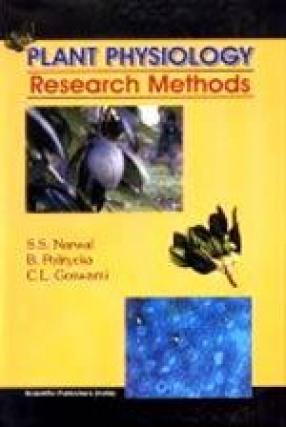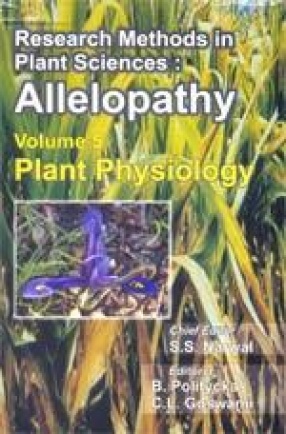Plant Physiology: Research Methods
Synopsis
This book 28 chapters, is divided into seven sections. Section one includes five chapters describing the structure of seed, optimum conditions for seed germination, physiological and biochemical changes at cellular level. Section two describes leaf area, growth indices, senescence and abscission. Allelochemicals, present in soil or plant, can create chemical stress which may change the plant water status, plasma membrane properties, chlorophyll stability and waxes present on the organ surface. Methods to determine all these parameters are described in next four chapters in section three. These sites can be explored by estimating chlorophyll content, chlorophyll fluorescence, photosystems I and II activity, carbon dioxide exchange rate, activity of CO2 fixing enzymes, intermediate metabolite level, photosynthate partitioning, respiration and finally the crop growth dynamics. Methods to determine extent of all these sites are explained in seven chapters in section four. The main use of changed physiological process is at the gene level, for which estimation of nucleic acids is very critical. It is briefly explained in section five. Section six has seven chapters. Basic procedure to process the test plant material for microtomy, use of light and electron microscopy to study cellular changes, measurement of cellular dimensions, stomatal index and frequency, pollen viability and in vivo pollen germination and histochemical localization of important enzymes and metabolites are the core topics. Currently, tissue cultures are commonly used to study the precise effect of allelochemicals on callus growth and differentiation. To achieve these objectives techniques of tissue cultures is described under Section six.
Read more
65.70
59.13
$
73.00 $
Free delivery Wolrdwidе in 10-18 days
Ships in 2-4 days from New Delhi
Membership for 1 Year $35.00
Get it now and save 10%
Get it now and save 10%
BECOME A MEMBER
Books by the same authors









Bibliographic information
C.L. Goswami